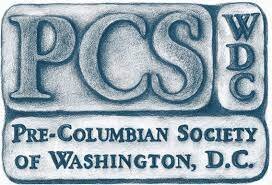Common understandings of the Andean Middle Horizon (600-1000 AD) envision an epoch dominated by expansionist empires centered on the highland cities of Huari and Tiwanaku. Since the mid-twentieth century, archaeologists have interpreted a series of large, grid-patterned Middle Horizon sites as administrative centers of the Huari Empire. The fundamental architectural unit of these sites, sometimes called a kancha, appears frequently at both the city of Huari itself and at later Inka centers. This commonality, along with a widespread distribution of “Huari” ceramic styles throughout the Central Andes, underpins the model of a Huari state analogous to the later Inka state (Tawantinsuyu). However, recent excavations reveal that several grid-like sites lack any evidence, other than architectural patterns, linking them to Huari. Other investigations demonstrate that kancha architecture predates the Middle Horizon by several centuries. Drawing from broader histories of urban planning and his own research at the site of Tecapa, in this talk Dr. Berquist argues we should reinterpret these planned sites as political experiments that reorganized the existing social relations into what would later become the dominant Andean political tradition: the ayllu, a model of political organization grounded in kinship relations and reciprocity.
Dr. Stephen Berquist recently completed his dissertation at the University of Toronto, where he continues to teach and conduct research. He has excavated across a wide range of contexts in the South American Andes and worldwide, with ongoing archaeological projects in Peru and Cambodia. His research interests pertain primarily to the intersections of politics, climate, and architecture.

